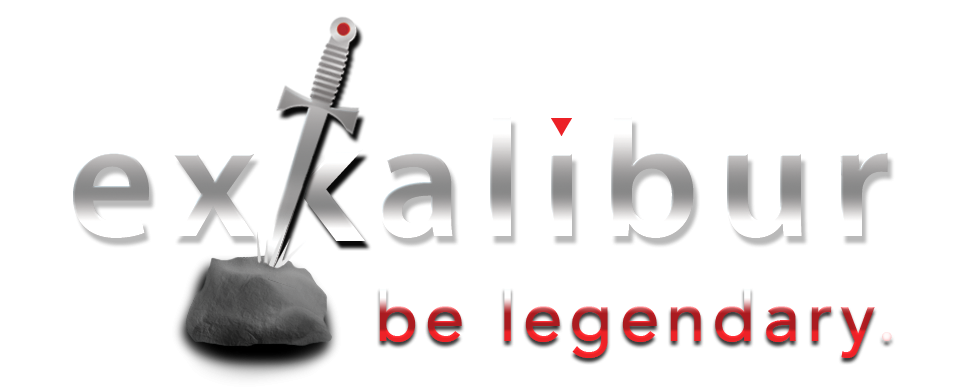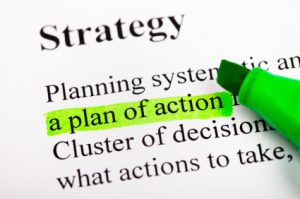Many of us follow an informal rule about doing something now if it takes just a few minutes. I t’s a useful rule of thumb, but what if you can’t get it done in 2 minutes? What then?

Here’s the short version. If you can get it done in 2 minutes, don’t add it to your task list.
Let me explain … and elaborate on why you should also do the opposite.
Try This Experiment
How long is 2 Minutes?
It’s about what it takes for a race car to get around the 2.5 mile Indy 500 track … 4 times. If that seems like a lot, then you’re on your way to understanding that 2 minutes may seem short, but it’s a lot longer than you think.
Try this simple experiment.
Stop doing anything.
Set a timer for 2 minutes.
How long does that feel?
Feel like you could get something done in that period of time?
Yes, I know, a watched pot never boils, so it will seem even longer. The key is that you can get important tasks DONE in a couple of minutes if you’re prepared to take advantage of it.
What if you do the OPPOSITE of the 2 Minute Rule?
[pullquote]“Right now I’m having amnesia and déjà vu at the same time. I think I’ve forgotten this before.” ~ Steven Wright[/pullquote]
That’s about as direct and in-your-face as GTD gets. For me, though, the real power of this rule is to make sure you do the opposite of the rule.
So, what’s the opposite of the 2 Minute Rule?
Don’t do it if it takes more than 2 Minutes? Wouldn’t that be nice … but unfortunately, far more things take 2 minutes than not.
What if it takes MORE than 2 minutes?
The real power is fully embracing the converse of the 2 Minute Rule: what to do if it takes MORE THAN 2 minutes?
The problem with most personal productivity systems is there are too many moving parts. We really don’t trust we’ve got it all written down somewhere so each task or assignment will reappear when we need it. (Stay tuned because next week, I’m going to outline the 4 Do-or-Die Principles to Drive your Personal Productivity Program to help you make sure you’ve captured every tying you need to create a trusted system.)
Are you writing everything down?
The principal failure of most systems is you’re unwilling to write down everything that has your attention – everything that requires more than 2 minutes (assuming you’re applying that rule in the first place).
That’s the real key. We know that our memory is like a screen door in a submarine … not worth much.
Our brain is a powerful thinking machine, but a mighty poor reminder system on many levels.
Here’s the crux of the problem
What happens is we evaluate each assignment in a linear fashion … but process each assignment in parallel fashion.
We think of each item separately, as we should, but we lose it when we say things like
“I don’t need to write this down, it will only take 5 minutes tomorrow”, or
“How can I forget the dinner party next weekend. I’m the one who planned it … it’s at our house … how could I forget?”, or
“I know that Sally has a field hockey game next Thursday, honey. I won’t forget to bring the snacks.”
How many times do you figure these thoughts have patrolled the pathways in your brain and leaked out some dark passage before the event ever arrived?

How many items do you think you can remember … really?
It’s not that you can’t remember one item or two.
It’s that as soon as it gets thrown in the mix of everything else, it’s identity is buried in a morass of other details. While you may think it will arise from the crystal clear lake you dream of having … it’s actually submerged in quicksand, dark and deep and bubbling at capacity.
It won’t arise again unless you’ve captured it … written it down somewhere … so that it will be available exactly when you need it.
The brain flunks as a reminder system
What’s wrong with our brains, anyway?
The first problem? It’s random, bringing things to our mind at the oddest hours, e.g., just when we’ve climbed in bed for a good night’s sleep.
It’s unreliable, rarely reminding us of the right things at the right time. Like to pick up the eggs and milk at the store just as you’re going to sleep.
It’s incomplete, rarely reminding us of something that we swore we would never forget.
All of us have had the experience … and not just with senior moments, thank you … when we’ve walked into a room to get something just after we thought of it … only to forget by the time we get there.
If we can’t rely on our memory for the very next thing we need to do, why do we use it as our lifeline for the 7 things we need to do a week from Tuesday?
Create a TRUSTED SYSTEM for genuine productivity
I am dead certain we achieve our peak productivity when we can work exclusively from our productivity dashboard. You can’t achieve that peak performance if you’ve left a bunch of your tasks and assignments untended in your inbox.
You can’t get there if there are piles of reports, an overflowing paper inbox, scattered notes and ideas around your office.
You’ve got no chance it you haven’t integrated everything in your life that’s important to you into your trusted personal productivity system.
Once the trust is there ….
Imagine if you REALLY had a trusted system?
Imagine you absolutely know you can trust it completely.
Everything is in there, all the time, and if you just work it, use it, rely upon it, you’ll be on top of everything important in your life. You won’t lose any sleep, you won’t miss any important deadlines, you’ll remember the snacks for your daughter’s ball game.
We don’t truly realize how much random stuff rattles through our brain and touches our life every day … stuff we’d like to remember … or, better yet, be able to find when we need it.
So you don’t forget … write it all down
So, start by writing it all down. Ultimately in digital form, but capture it initially any way you can.
If you’re really struggling to get a handle on everything you care about, I’d start there. GTD calls it “collection”, which is as good a term as any to capture everything and get it into your system.
Judge whether it warrants that level of attention by the 2 Minute Rule.
If you can’t get it done in 2 minutes, it needs to enter the system.
Don’t worry about how long it will take after that.
If you try to figure out all the details now, and conclude,
“Hey, this will only take 5 minutes or maybe less … there’s no chance I’ll forget it, so why write it down?”
That’s the REAL POWER of the 2 Minute Rule
So, absolutely apply the 2 Minute Rule … but make sure you remember its power when it DOESN’T apply.
Write everything else down, make sure it’s in your trusted system NO MATTER WHAT.
Question: What are you doing to capture everything and get it into your system? Have you got a well-oiled machine working? If so, tell us about it.
If you’re active there, you can connect with me on LinkedIn. You can also find me on our Building a Business page on Facebook or on Twitter.


